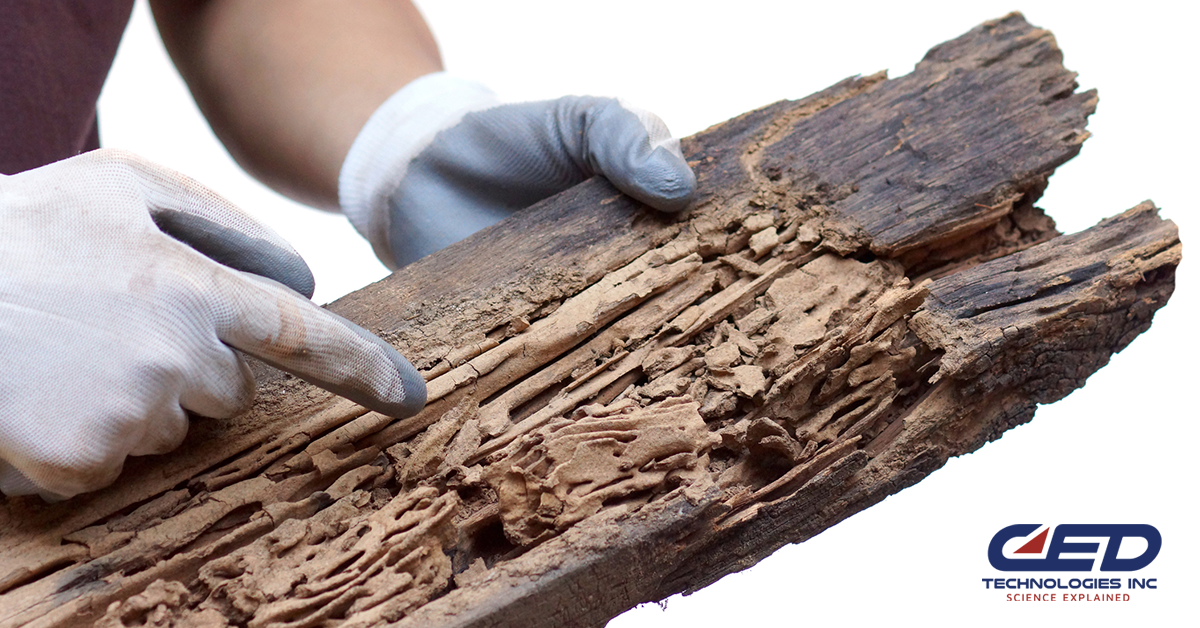We have a love/hate relationship with summer rain showers. They’re either ruining a picnic, or much welcomed for our lawns and gardens. No matter your feelings on a summer storm, did you know that after a warm weather dry spell, the start of rain on the roadway can increase the likelihood of getting into an accident?
A component of asphalt roadways is bitumen. Asphalt bitumen is a tar-like, viscous substance that hardens when cool, comprised of non-toxic hydrocarbons and organic material. It is used in roofing shingles, flashing, and sealants used in construction, as well as the in the roads we travel.
As hot, dry days pass, this bitumen, mixed with oil and grease from our cars and tires, bleeds through to the surface and forms a residue that coats the side streets and highways. On the first rainy day, this accumulated coating on the road mixes with the water and becomes dangerously slick, reducing texture depth and wet skidding resistance. For the first 10-20 minutes of rainfall, this oil mixture floats on top of the water, creating an environment where tires have less traction, potentially causing accidents and hydroplaning.
Hydroplaning occurs when tires cannot gain traction, and surf or skim on a film of water. Safe Motorist tells us that while hydroplaning can occur on any wet road, the first ten minutes of a light rain are most dangerous as it mixes with the oil residues on the surface.
What can you do to protect yourself while hitting the road in the rain?
- Slow down when the roads are wet – it is more difficult for water to disperse under tires when you’re driving fast
- Leave double the distance between you and the car in front of you
- Be mindful of the slope of the roadway and stay at the high point
- Neighborhood roads are typically crowned allowing stormwater to fall from the center to each side
- Turnpikes, parkways, and interstates usually have a linear cross section – water flows from inside lane to outside shoulder or outside shoulder to interior median.
- Maintain slower speeds especially while turning or changing lanes
- When it’s raining, always turn on your lights so other vehicles can see you
- Keep your tires properly inflated
- Rotate and replace tires as necessary
We may not be able to control over the weather, but the better we are in responding to poor weather, the safer we will be in heading to our next destination.
Click Here To See Our Full List of Experts Click Here To Submit an Inquiry about a possible Claim or Case.






